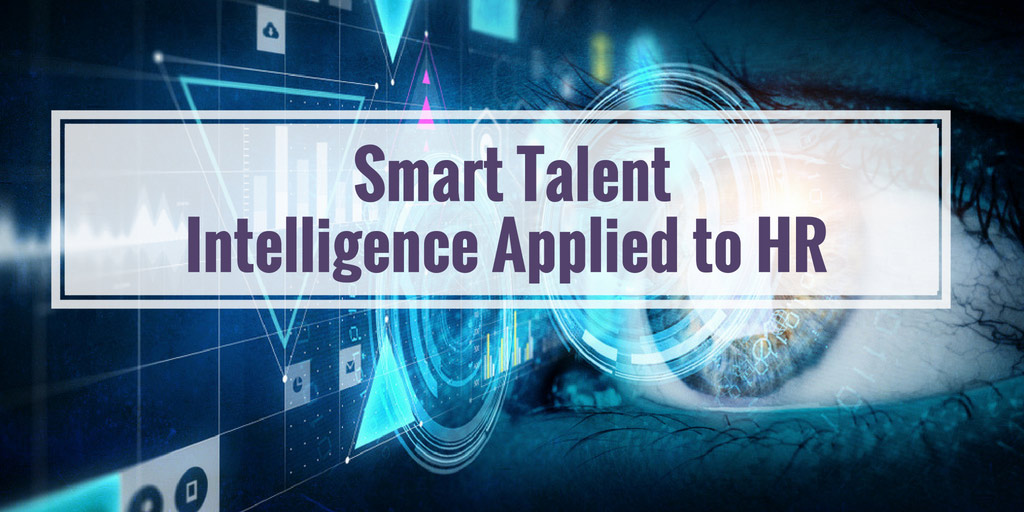Unquestionably one of the great technological revolutions of recent times has been Big Data, a concept that emerged to respond to the growing volume of data generated across all areas of society. According to the latest “Data Age 2025” study from Seagate published by IDC, the volume of data worldwide will increase 10 fold by 2025. The study predicts by that year data generation will grow to a total of 163 zettabytes (ZB). Furthermore, while consumers became the main creators of the largest ever volume of data, the study predicts that this trend will change, and that companies will go on to create 60% of the information by 2025.
However, evoking the popular maxim that what counts is quality and not quantity, the concept of Big Data has evolved out of the need to give meaning to that entire large volume of information, to solve real problems and to respond to the needs of organizations. To the four characteristics associated with Big Data, embodied in the so-called 4 V’s: Volume of data, Velocity of data capture and transfer, Variety of sources, and Veracity of information, an extra fifth V has been added, “Value generated for making decisions and executing actions, thus providing intelligence to data”. The concept of Big Data thus evolves to give rise to SMART DATA.
Pioneering sectors such as technology or marketing, have already applied this concept in their processes to confer extra intelligence to their activities and the popularity of Smart Data is borne out through the visible proliferation of many terms that have emerged in recent times around to it: Smart Phone, Smart TV, Smart Watch, Smart Cities, Smart Wifi.
What about in the HR field?
Returning to the point mentioned earlier, about the fact that organizations are becoming the major generators of information through running their business in both external (with their customers) and internal (with their employees) activities, another pioneering sector embracing this concept is HR, largely driven by the need to show the correlation between their initiatives and business results. The possibility of this kind quality and personalized information available on the organization’s collaborators, both employees and candidates, will be key to defining the organization’s talent policies and strategies in the next few years. For example, think about the negative impact of key employees leaving on companies: a failure to meet business goals, loss of knowledge, increased training, recruitment costs, and more, as well as the headaches this means for HR departments, or in the grave consequences of recruiting professionals who after hiring do not adapt to the organization’s culture and values. Applying Smart Data will help us to foresee this kind of scenario, but to do this it is essential to obtain quality data that lets us conduct our analysis and which we can pull from several sources:
- Macro information. To establish talent strategies, HR needs to analyse information to get a vision of the state of the labour market, for example, to find out what the unemployment rate is, what jobs are most demanded, what sectors of activity show a greater supply and demand for professionals, what factors are most valued by candidates when accepting a job offer from a company, and more. For this, access to macro information is helpful, such as national surveys for data on the labour force and its various categories, e.g. the active labour force survey published by the Spanish National Institute of Statistics, or other specific documents like for instance the “Workforce Dinamism Index” prepared by Meta4 and IESE jointly that analyses the labour force movements occurring that do not imply creation or destruction of jobs over the total volume of employment. Such up-to-date information allows HR professionals to anticipate the constantly emerging changes for decision-making and achieving their business objectives.
- On the other hand, in today’s digital world, the rise of the internet and social networks have become another fundamental source for the HR field, generating a large volume of data on interests, hobbies, relationships, behaviours or values, of employees, candidates or collaborators of an organization.
- Furthermore, HR needs to have information on their employees’ activity in their organizations throughout all phases of their employee journey map, such as their academic background or previous professional experience, the performance level, the degree of productivity, salary plans, career plan, etc.
Once Big Data is collected and stored we will then be able to make it meaningful for intelligent decision making (Smart Data). Here technology will be an essential factor to allow us to store and exploit all the information needed for data analysis, most importantly giving value to data, to make all HR plans and policies more effective.
{{cta(’00b5ffcd-27c9-41e9-9e8f-cab5e3767b1f’)}}






